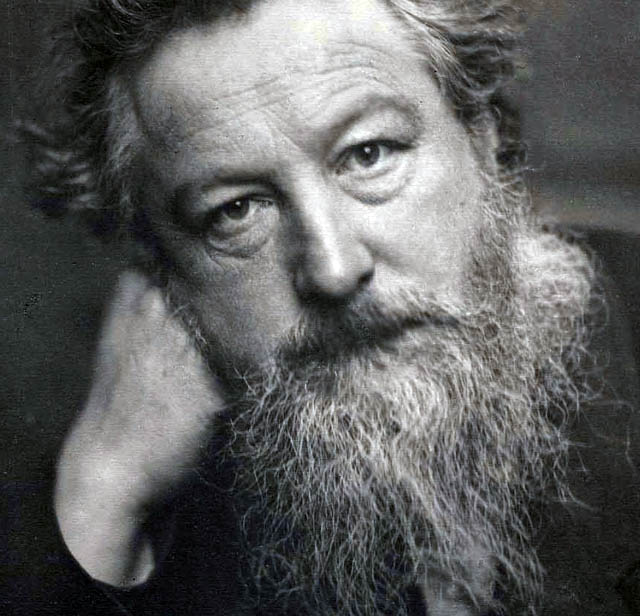William Morris Society - Kelmscott House Museum
William Morris, founder of the Arts and Craft movement, lived in this beautiful 18th-century house on the banks of the River Thames during the last 18 years of his life.
Morris was not not the first distinguished man to live in the house - in 1816 Sir Francis Ronalds constructed the first electric telegraph in the garden. Fifty years later, writer George MacDonald moved in, and it was here that he wrote the children's books At the Back of the North Wind (1871) and The Princess and the Goblin (1873) in the house.
Morris took a lease on the house in April 1878 and almost immediately changed the name from The Retreat to Kelmscott House, named after Kelmscott Manor, his 17th century country house in Gloucestershire.
The majority of the William Morris Society’s collection at the venue Kelmscott House originates from the generous legacy of Mrs Marion Helena Stephenson, who also bequeathed the house. The collection contains a number of Kelmscott Press titles and working proofs as well as the only printing press used by Morris left in the country.
The Society has a comprehensive collection of Morris and Company wallpapers, watercolour designs, and a selection of textiles, ranging from a Hammersmith rug and woven hangings to printed cottons, silks and embroideries.

